WHITE SANDS MISSILE RANGE, N.M. (July 21, 2010) -- Members of several Army technology development offices conducted an exercise on White Sands Missile Range July 12-16, to evaluate the connectivity of various items in the development of a wide-reaching wireless military communications and battle-control network.
The Brigade Combat Team Integration exercise was ordered by Vice Chief of Staff of the Army Gen. Peter W. Chiarelli. When combined with tests scheduled to start later this summer, the exercise should help Army leaders develop a long-term strategy for the development of both the network and the systems that will connect to it and allow Soldiers at all levels to better communicate and share information, officials said.
The BCT Integration exercise included members of the following organizations:
Aca,!Ac Program Executive Office Integration
Aca,!Ac PEO Aviation
Aca,!Ac PEO Command Control Communications
Aca,!Ac Joint PEO Joint Tactical Radio System
Aca,!Ac PEO Intelligence, Electronic Warfare and Sensors
Aca,!Ac Army Evaluation Task Force
Aca,!Ac Future Force Integration Directorate
"The exercise was designed to help the Army continue to formulate its tactical network strategy by seeking to prove the concept of an integrated tactical network available to Soldiers at all echelons of the Brigade Combat Team," said Paul Mehney, director of communications for PEO-I.
The exercise brought together technology for the infantryman on the ground, the mounted Soldier using the latest in armored vehicles, the aviator, the drone operator and the commander back at base.
"This is about making a seamless self-healing ad-hoc network," said Lt. Col. Darby McNulty, product manager and Common Controller and PEO-I Soldier Integration lead.
White Sands was chosen as the site for the exercise because in addition to the presence of PEO-I, AETF and FFID, its mountains and abandoned mines and tunnels could be used to replicate conditions found in Afghanistan.
The exercise , which included scenarios run at Mountain Village, as well as the historic Hal Cox ranch house, had Soldiers using equipment like the Land Warrior system to communicate and track each others movements.
"(With Land Warrior) my Soldiers can see me and I can see my Soldiers and various Army leaders at headquarters, and they can see us as well," said Staff Sgt. Nick Ramsey with the AETF. He added that he network also allows Soldier to monitor who is on it and how active they are. "You can see how different platoons are getting information as well as what information they are getting," he said.
Using aerial vehicles, the range of the Soldiers' communication equipment and remote sensor systems was extended and data was repeatedly sent and received over the mountains that normally would obstruct communication.
"Adding an aerial layer, manned and unmanned aerial vehicles extended the ranges of the networked sensors, allowing for increased speed of maneuver on the battlefield and enhanced situational awareness in support of the brigade's mission at all echelons," Mehney said.
Air assets included a UH-60 Black Hawk helicopter acting as a transport and medevac element, an AH-64 Apache attack helicopter which provided a fast fire-support element to the exercise, a large blimp-like aerostat balloon that added an additional observation and communication layer to the exercise, and a new version of the Shadow UAV.
While the Shadow is a UAV currently in use by the Army, this version is capable of staying aloft longer than the existing model, and is equipped with special radio systems that allow it to not only operate on the wireless network, but also act as a communications relay. With this communications capability, the Shadow was able to support Soldiers operating in the mountainous terrain with tactical intelligence in the form of video feeds.
The historic Hal Cox Ranch was used as an objective during the exercise, representing a small compound where insurgents were building bombs. The scenario played out with Soldiers using the network to pull video from the Shadow UAV, as well as from a bucket-sized Class-1 UAV to reconnoiter the area before attacking the compound.
The Soldiers then assaulted the ranch in Mine Resistant Ambush Protected all-terrain vehicles, like those used by Soldiers in Afghanistan. During the assault, the Soldiers used a Small Unmanned Ground Vehicle, a backpack-portable robot, to locate the bomb-making supplies.
While fighting with insurgents played by other members of the AETF, one of the Soldiers was injured, requiring a call for a helicopter to evacuate him. Using the network, the Soldiers at the platoon level were able to quickly contact their headquarters and request a helicopter to evacuate the wounded Soldier and then request a missile strike from an attack helicopter to destroy the compound.
"By connecting the echelons to one another through the network, dismounted Soldiers will be able to instantly share information across the squad, platoon, company and battalion levels and, if needed, all the way up to commanders at higher headquarters or command posts," said Lt. Gen. Bill Phillips, principal military deputy to the assistant secretary of the Army for Acquisition, Logistics and Technology.
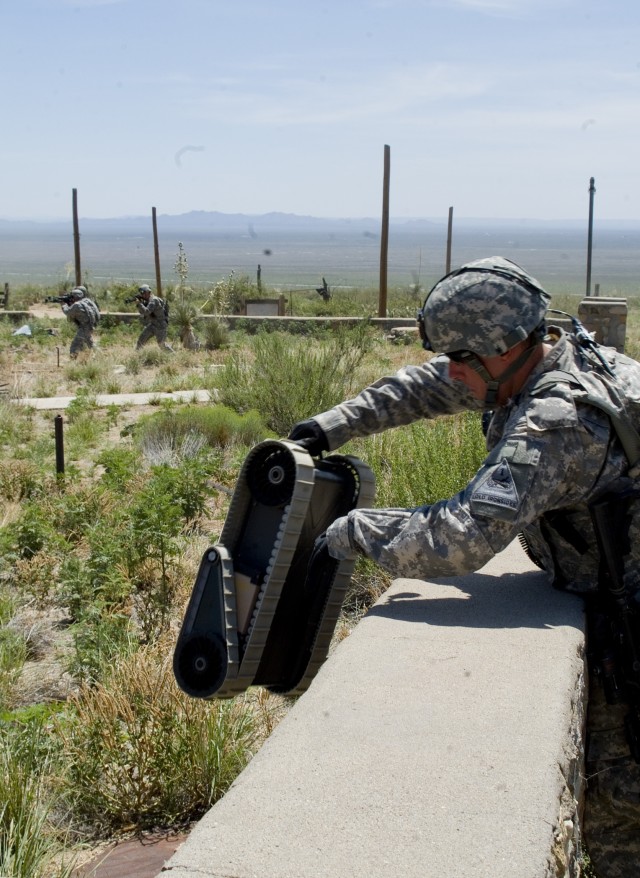

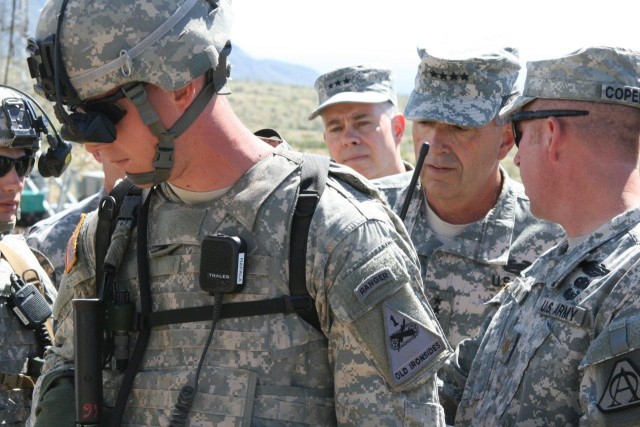
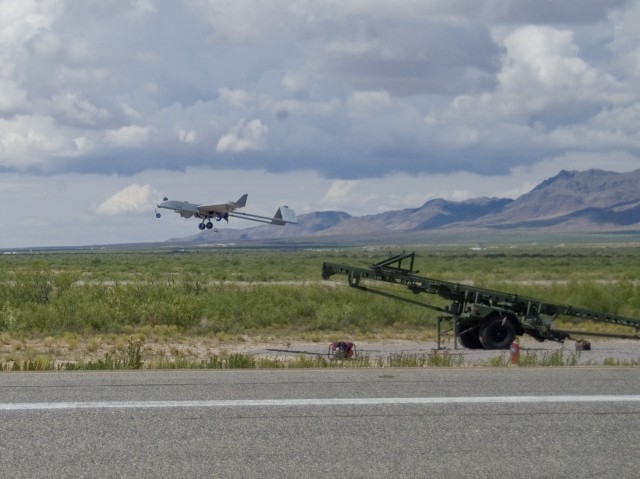
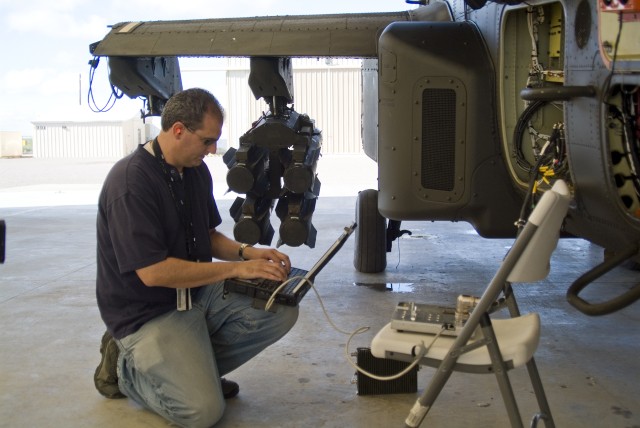
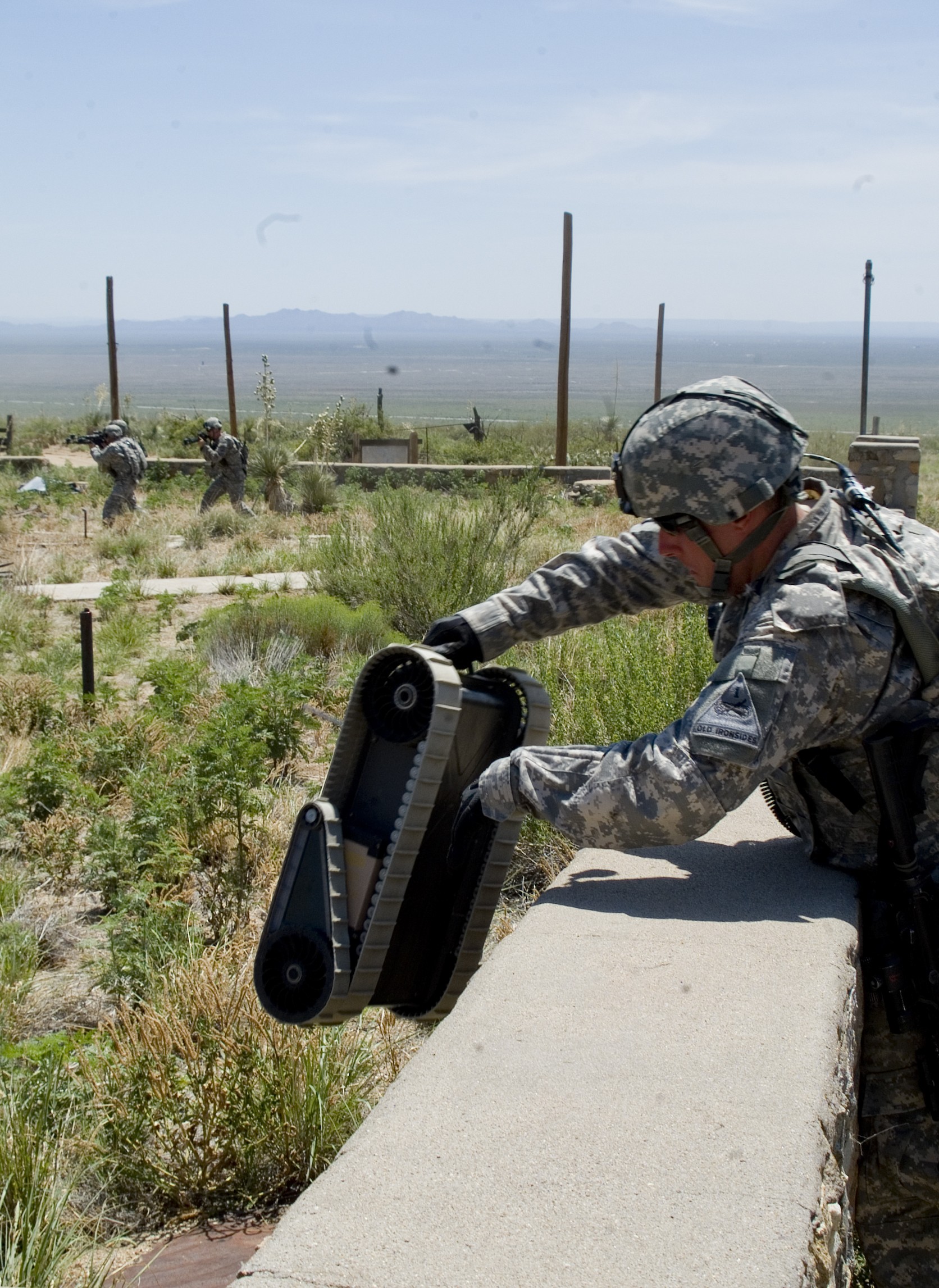
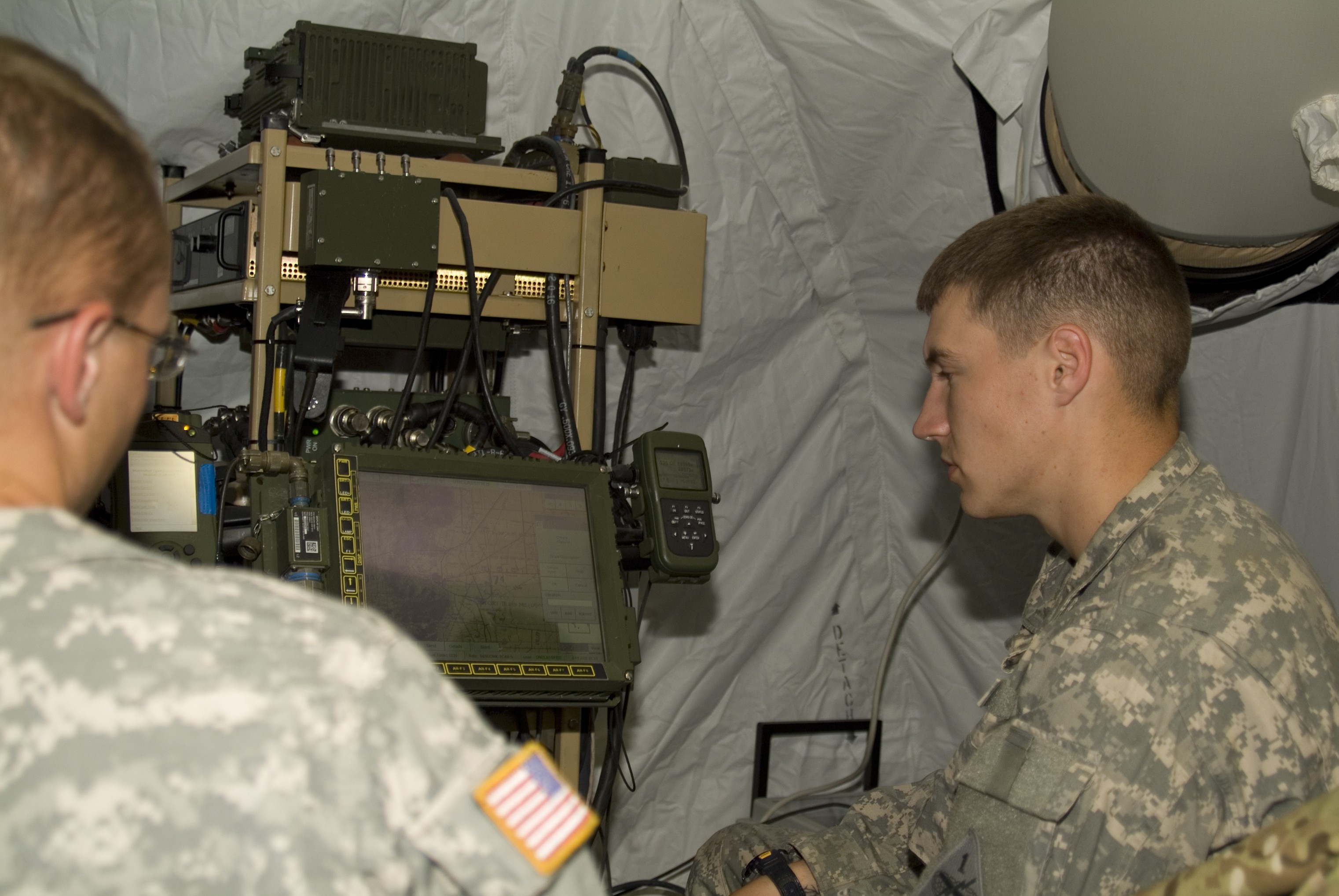
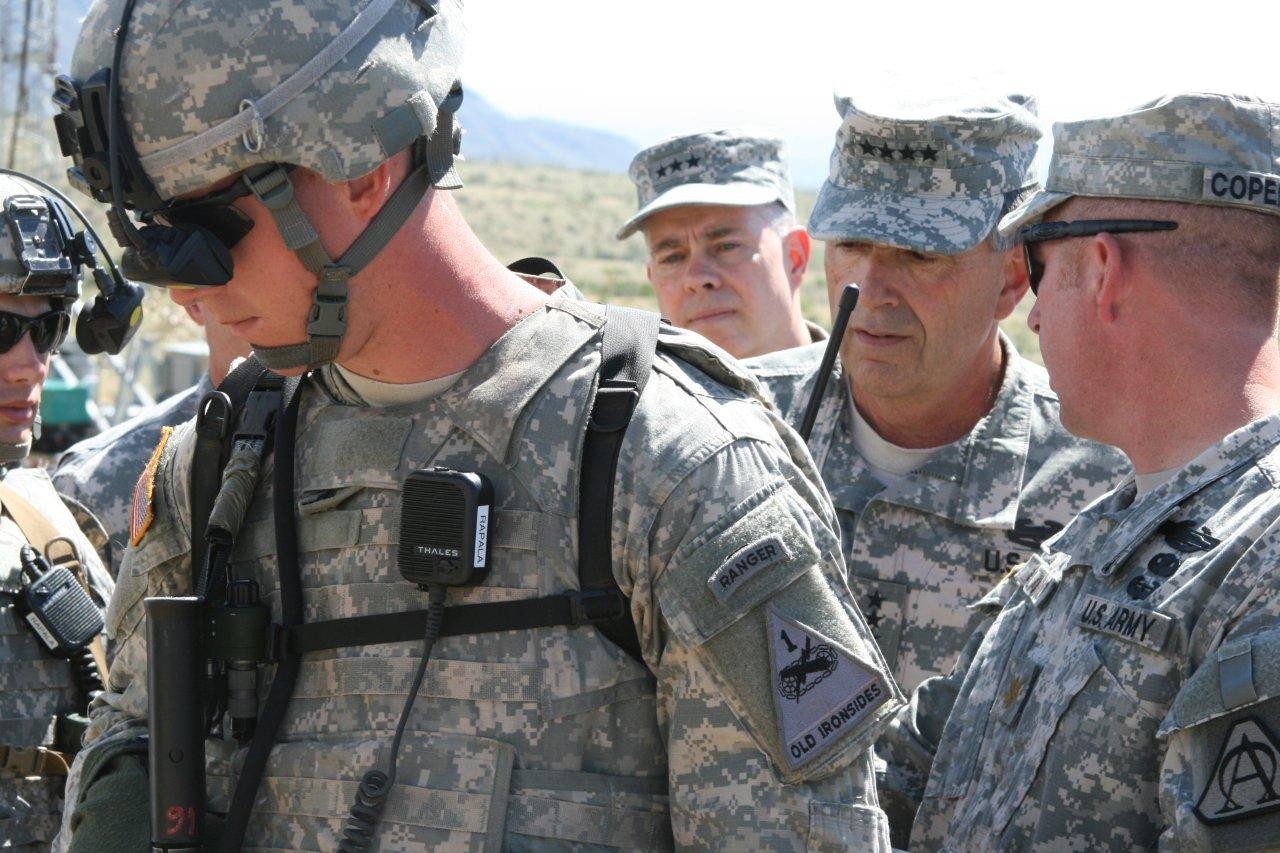
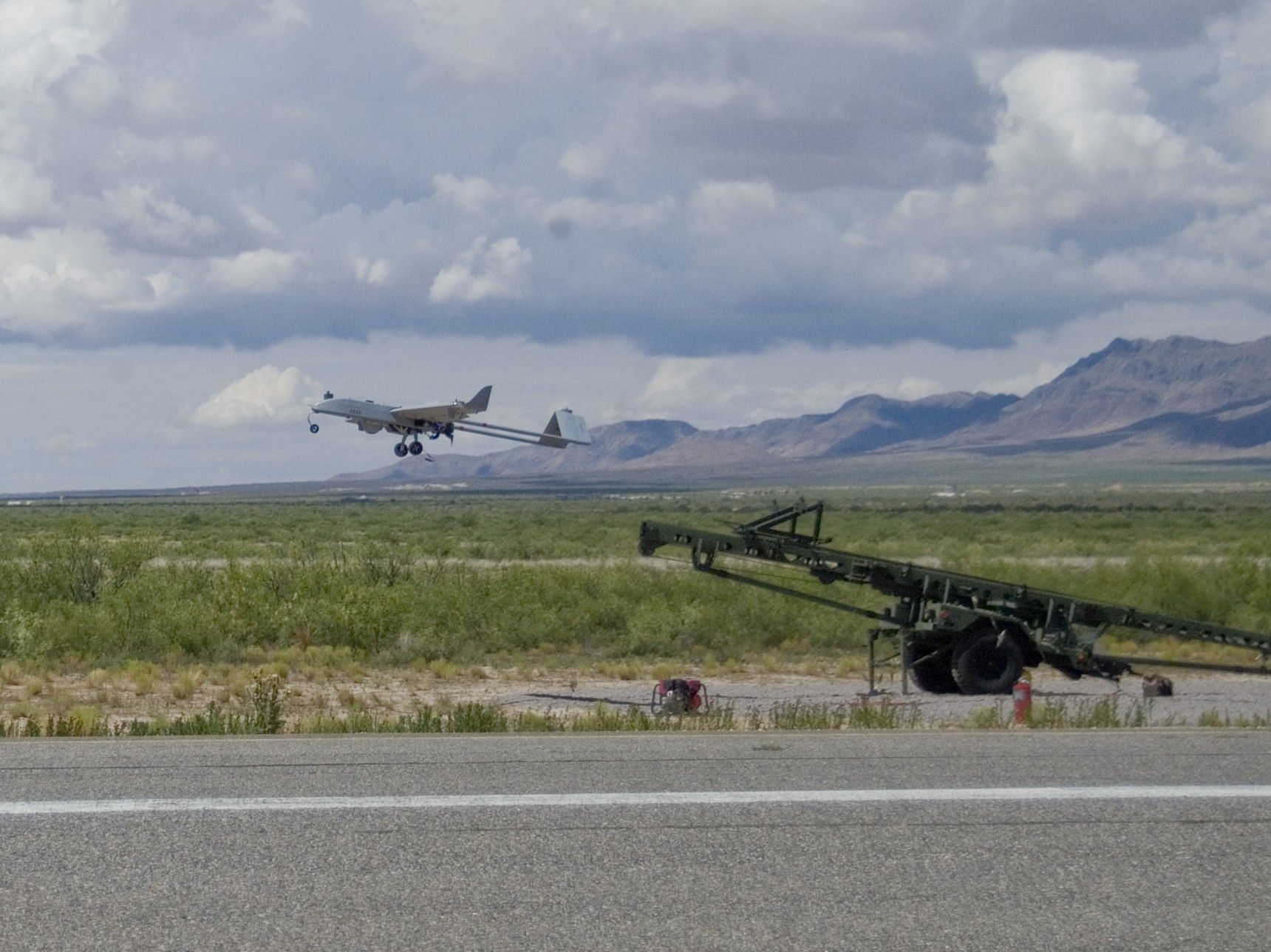
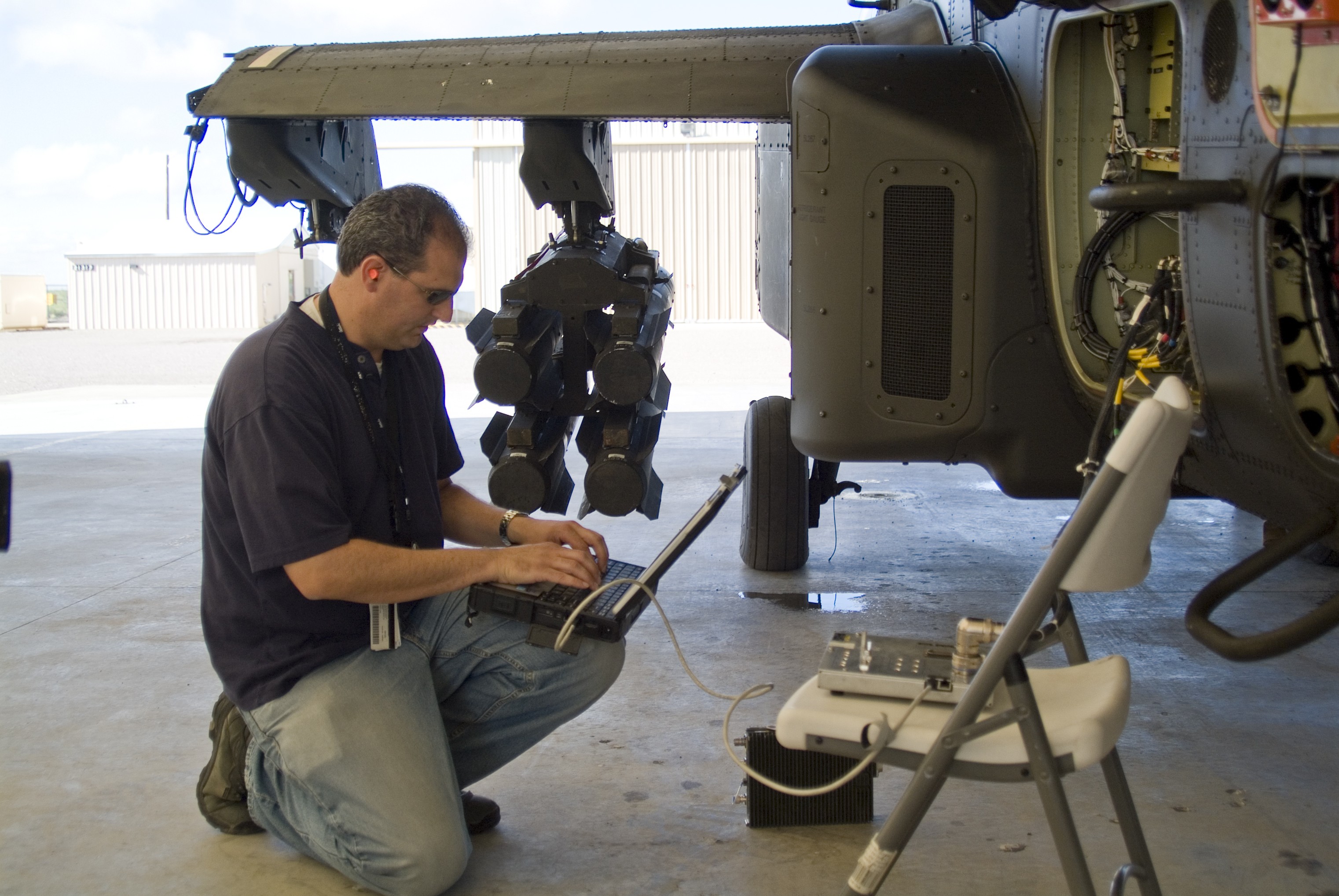
Social Sharing